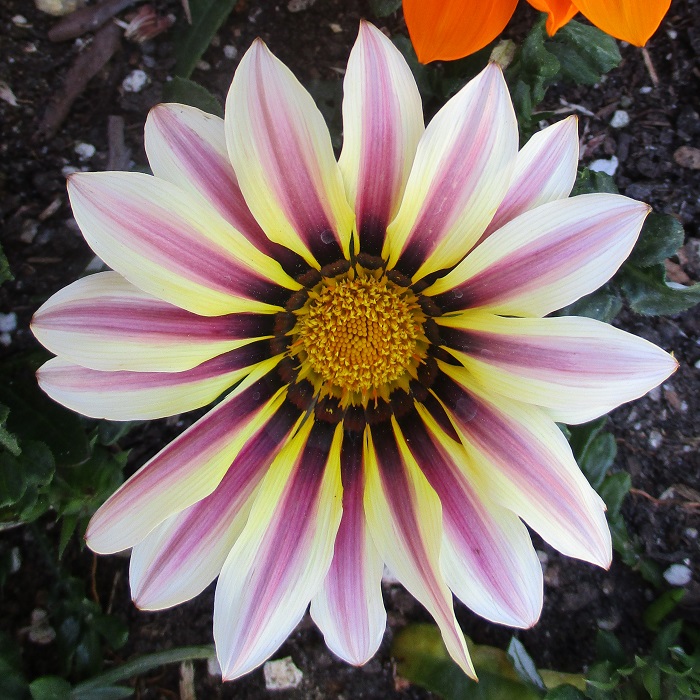UNITED STATES—Concrete is one of the most common of landscape materials. There are probably more landscapes that include concrete of one form or another than there are landscapes that include lawn, and most landscapes include lawn. There are more landscapes that lack shade trees than there are without concrete. We do not notice it much because, once it is installed, we do not do much to it.
Concrete gets poured into our gardens as a liquid like slurry of cement and sand and gravel aggregates that cures into a stone-like solid. It is not ‘cement,’ but cement is the component that binds it all together. Almost all modern concrete is reinforced with steel of some sort to prevent it from breaking as easily as old unreinforced pavement does. It can be as permanent as we want it to be.
Concrete is used to pave patios, driveways and sidewalks, and gets molded into stairs, curbs, and the foundations and slabs for our homes and garages. The visible surfaces of concrete can be colored, textured or outfitted with stone to look better in the landscape than simple bare concrete. It is relatively ‘low-maintenance,’ but should sometimes get swept or blown if debris accumulates.
Concrete is a versatile and durable material, but is no more perfect than anything else in the garden. It inhibits percolation of moisture and gas exchange in the soil below. Because it is inflexible, it fractures if displaced by roots or settling soil. Glare from paved surfaces can enhance sun exposure enough to roast sensitive foliage and exposed bark. Certain foliar debris can stain concrete.
Concrete limits plant selection. Conversely, the presence of mature trees limits the location and quantity (surface area) of concrete to be installed. Trees with aggressive roots or big trunks should not be planted so close to concrete that they will have no choice but to displace it. Root barriers help with mid sized trees, but are not always effective forever. Dogwoods,Japanese maples and other plants with sensitive foliage or bark, are more vulnerable to exposure if concrete around them is also exposed.
Highlight: annual gazania
Why would anyone want to grow annual gazania when perennial gazania that is popularly grown as ground cover lasts for several years? Well, as long as the weather stays warm, annual gazania blooms with an impressive abundance of bigger and more brightly colored flowers. Perennial gazania blooms less profusely and only in midsummer, with simpler and somewhat smaller flowers.
Flowers are warm shades of orange, red, yellow, pink, beige and white, typically with intricate patterns of stripes and spots of other colors of the same range, as well as chocolatey brown. Each upward facing daisy flower is as wide as three inches or maybe four. They close up at night and during cloudy weather, and stay closed briefly in the morning until they warm up a bit in the sunlight.
Mature plants typically do not get much more than six inched deep, but can get twice as deep if crowded. They have no problem getting nearly a foot wide though. Foliage is only slightly bronzed; not quite bronze, but not rich green either. The pretty gray undersides of the leaves are obscured from view by the density of the foliage. Gazania needs full exposure, and is quite tolerant of heat.
Horticulturist Tony Tomeo can be contacted at tonytomeo.wordpress.com.






